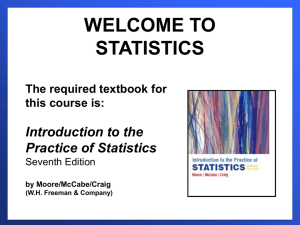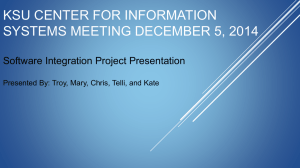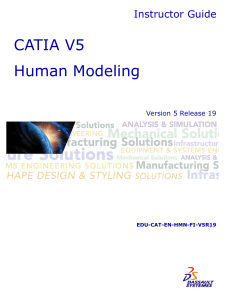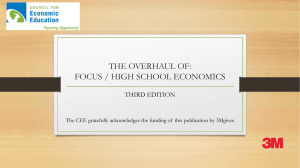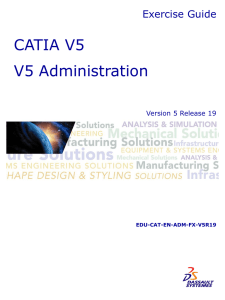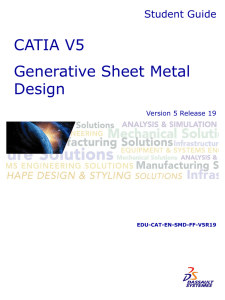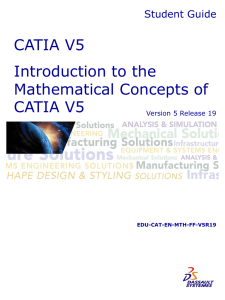Case Study Presentation
advertisement
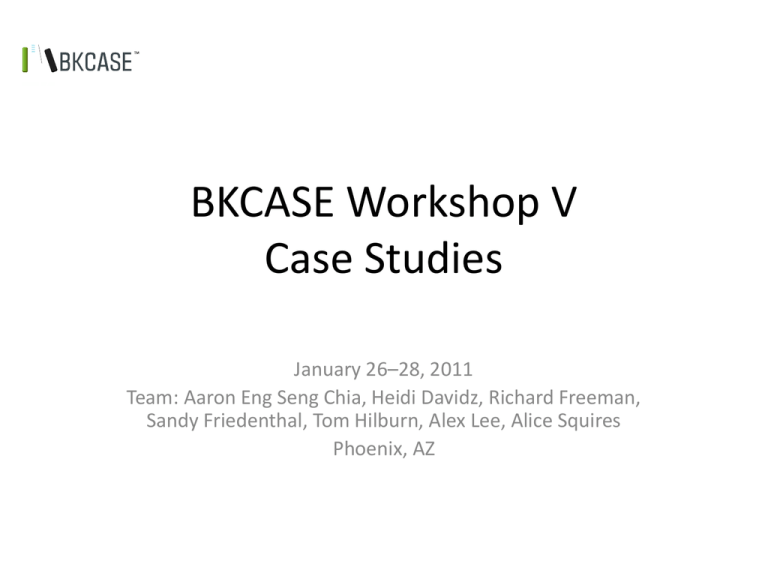
BKCASE Workshop V Case Studies January 26–28, 2011 Team: Aaron Eng Seng Chia, Heidi Davidz, Richard Freeman, Sandy Friedenthal, Tom Hilburn, Alex Lee, Alice Squires Phoenix, AZ Case Study Companion Document: Schedule and Forward Plan Update • Draft for January Workshop – Need completed draft by January 14th – January draft completed but immature / distraction – A copy is available upon request. • Two Three Case Studies to be addressed – Singapore Water Management System (SWMS) – AFIT Global Positioning System (GPS) – AFIT Hubble Space Telescope (HST) • Need a lead for this effort – No lead, Alice Squires (temporary, I hope!) Jan 25-28, 2011 Initial Companion Guide • Developed for the most part early this month building on Chapter 16 material and adding HST. • Primarily mapped existing case studies to the SEBoK Knowledge Areas (KAs) in more detail – Strong: thoroughly addresses all of the elements of the case study topic area – Moderate: most of the elements addressed, but some are missing or have limited coverage – Weak: many of the elements not addressed or have limited coverage – None: topic area not addressed in case study Jan 25-28, 2011 Ex/ Hubble Space Telescope • Strong Relationship – – – – – – SE Life Cycle Life Cycle Model Mgmt SEM Planning Risk Management Stakeholder Reqs Integration Jan 25-28, 2011 • Moderate Relationship – – – – Value of SE Principles of SE Architectural Design Operation Companion Guide • Introduction • Chapter 1: Purpose; Summary of systems engineering case study development efforts completed and underway • Chapter 2: Case study outline and a table summarizing the case studies according to Ch. 16 template • Chapter 3: Hubble Space Telescope (HST) case study published by the Air Force Institute of Technology (AFIT) • Chapter 4: Global Positioning System (GPS) case study also published by AFIT • Chapter 5: A large-scale systems engineering perspective of water management in Singapore case study and addresses the Singapore Water Management System (SWMS) • Chapter 6: Summary (Final Thoughts or Road Ahead) • Glossary • References Jan 25-28, 2011 Case Study Outline • An overview, including a short description, the application domain and application area (enterprise, service, or product), as defined in Chapter 16. • An identification of the primary domain(s) of the case study. • An description of the case study development including the methods used; the timeframe from initial data collection to final publication of the case study; and specific direction or policy that drove the methods used. • The results from the case study criteria analysis that determines whether or not the case study will be accepted into the Companion guide as defined in Chapter 16. • A mapping to SEBoK for every section as defined in Chapter 16. All sections are included for ease of locating a particular area by heading number. This is the same convention used in the Program Management Body of Knowledge extensions. This mapping can be accomplished in more than one way (see next slide). • A summary and conclusion. This section summarizes the findings from the case study and the rationale for the findings. It also summarize the scope of applicability of these findings. Jan 25-28, 2011s Three Approaches • External Case Study (AFIT, NASA, Etc…) – No modification to external case studies. – Purposes achieved through detailed write-up in Companion Guide • Modifiable Case Study (One that’s in process) – Can add annotations to case study as needed • Terminology matching • Additional explanations, linking, references, etc… • New Case Study (Drive New Efforts) – Developed with SEBoK as guidance Jan 25-28, 2011 Companion Guide Purpose 1. To elaborate the principles, practices, and concepts from the SEBoK by adding domain dependent detail 2. To demonstrate how the principles, practices, and concepts from the SEBoK are applied and tailored (including terminology and rationale) to different: Application domains; Countries, regions, and cultures; Project characteristics (e.g. size & complexity) 3. To provide a means to evaluate the application of practices from the SEBoK including highlighting what works and what does not work 4. To provide a means to evaluate new and evolving principles, practices, and concepts (e.g. SoS, model-based, complex adaptive systems, etc.) 5. To motivate the use of SE principles, practices, and concepts to new users 6. To provide a teaching and training aid to new and experienced practitioners based on the above – ex/ in their domain Jan 25-28, 2011 SEBoK Ch. 16 Feedback Explanation/Actions Delete Case Study Chapter Keep case studies New Case Study Suggestion/Reference Specific Action Suggested General Comment - No action Grand Total Total 9 21% 16 38% 8 19% 4 10% 5 12% 42 100% • Delete: Replace case studies with Technical Performance Measures (1) • Keep: Integrate case studies throughout SEBoK (4) • Keep: Add examples of failures (3) Note: HST not in Chapter 16 • Keep: Put entire chapter in separate book (1) Jan 25-28, 2011 Are case studies the way to go? • Unanimous: Yes (7) (biased sample ) • The case study is a valuable tool for understanding how to apply SE • SE, unlike other technical disciplines is best observed through actions that, when combined, are intended to yield a desired outcome • Encourages active participation and gives students a better sense of when and how to use knowledge; provides context; captures domain specific • Show how SE concepts and practices were used (or misused or not used) in various domains - surely a valuable instructional resource • But as teaching and training aids and to motivate the use of SE, not as proof and not to generalize from • We have used case studies extensive and successfully for more than 30 years to impart to each successive generation of SE across a very diverse domain; but not the only didactic approach • But requires experts in domain to properly relate to context of SEBoK Jan 25-28, 2011 BKCASE Technical Objective #6 • Version 0.25 of the SEBoK will be domain independent. Domain dependent approaches to systems engineering knowledge will be captured through case studies of individual systems engineering projects applied to within specific domains. Those case studies will be companion documents to Version 0.25. After Version 0.25 is complete, the decision to use case studies as the only means to capture domain specific knowledge will be revisited. Jan 25-28, 2011 For Consideration/Discussion • Drop effort and include vignettes instead • Continue on current course • Incorporate Case Study Companion Guide into SEBoK Version 0.5 – schedule/logistically – As an appendix – As part of Chapter 16 – Integrated across chapters by KA Jan 25-28, 2011
